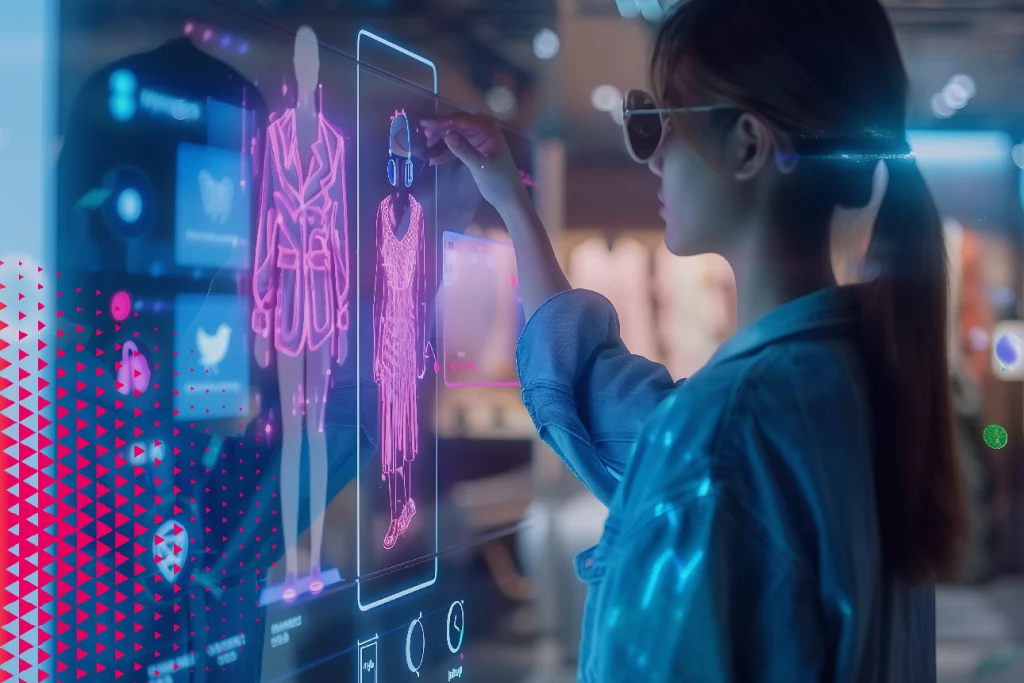How to Create a Unique Customer Experience

Collecting information online, comparing prices at home and in-store, seeking in-person sales advice, utilizing click-and-collect services… Nowadays, customers seamlessly transition between physical and digital realms with specific expectations for consistency and personalization. To meet the demands of discerning consumers, sports store managers need to create a phygital shopping journey that delivers a unique customer experience and boosts loyalty. Here are some tips to optimize your approach!
Invest in the Pillars of Customer Experience
To create a truly unique customer experience, it’s crucial to understand what it encompasses. Customer experience includes all the emotions your clientele feels during interactions with your company throughout their purchasing journey. It is influenced by all communication and sales channels (advertising, website, SMS notifications, social media…), whether online or in a physical store. From browsing your e-commerce platform (loading times, user interface…) to engaging with your in-store sales staff (greeting, expertise…), the quality of the customer experience hinges on numerous factors.
In November 2022, KPMG released the fourth edition of its Customer Experience Excellence study. This study is based on six key pillars of customer experience:
- Personalization: The top driver of customer loyalty, personalizing the experience means adapting to the specific needs and preferences of your customers.
- Integrity: Being transparent and reliable by keeping your commitments.
- Problem Resolution: Quickly resolving issues and ensuring long-term customer satisfaction.
- Ease: Implementing efficient processes by eliminating frustrations and being proactive.
- Meeting Expectations: Addressing current needs and anticipating future ones.
- Empathy: Putting yourself in the customer’s shoes and considering their expectations.
Creating a unique customer experience means working on all these pillars to develop a phygital shopping journey that meets demands and is highly personalized to satisfy customer expectations.
Adopt an Omnichannel Strategy
Success in customer experience goes beyond merging physical and digital worlds; it hinges on the coherence and coordination of a store’s channels, known as omnichannel. Considering the various back-and-forth movements of consumers before purchasing, it is vital to present a consistent overall offer both online and offline. Whether customers are gathering information about a product online, buying an item online to collect in-store, or making a complaint via phone or email, they should encounter a unified set of codes associated with your store.
Implementing an omnichannel experience depends on key factors, particularly the use of an ERP system adapted to your business and capable of supporting your strategy. Your management software becomes an ally when it enables you to:
- Integrate digital tools into the purchasing journey to enhance the in-store customer experience (e.g., touch kiosks for viewing your product catalog, tablets for sales staff to assist with in-aisle sales).
- Offer a seamless experience with a funnel effect: an online presence from the research phase, and identical information across all available channels.
- Provide constant, real-time support to your customers (e.g., updating store opening hours on your website, real-time product availability information).
- Extend the experience and encourage interactions (e.g., loyalty programs tracked across all channels, social media presence, conversational marketing). This highlights the importance of management software that centralizes your operations, offering visibility into your inventory, orders, product references, etc.

Know Your Customers Inside Out
Designing a unique customer experience fundamentally relies on thoroughly understanding your customers’ expectations. With the rise of digital, merchants are in constant contact with consumers, and each interaction is a goldmine of data to be leveraged for personalizing the experience. Socio-demographic, transactional, contextual, geolocation data—all this information must be collected, processed, and analyzed to give you a comprehensive view of your clientele, create personas and segmentation, and thus craft a dedicated customer experience.
IIn terms of tools, the ERP and CRM duo is indispensable. ERP handles the overall management of the company’s operational flows and services, while CRM covers all aspects of customer relations by centralizing marketing and sales data up to customer service. Both are complementary, enhancing your customer knowledge and commercial strategy.
A 360° view of your customers allows you to anticipate their expectations and continuously improve your offer while ensuring their satisfaction. Knowing your customers also means maintaining the trust relationship you have established. Satisfaction surveys are goldmines of information and can significantly help you optimize the customer experience you offer.
Ultimately, creating a unique customer experience means placing the customer at the forefront of your priorities and personalizing their purchasing journey from start to finish. Offering the right product is no longer sufficient; it’s about showcasing your offer and integrating an emotional component beyond the technical quality of your products. Remember, consumers are not just buying an item; they want to connect with what your brand represents, and the experience they have with you is crucial.




